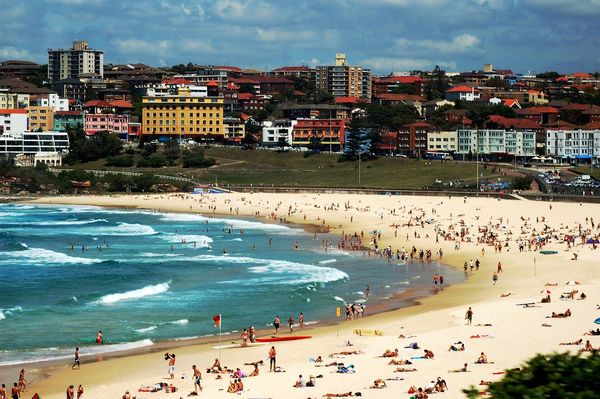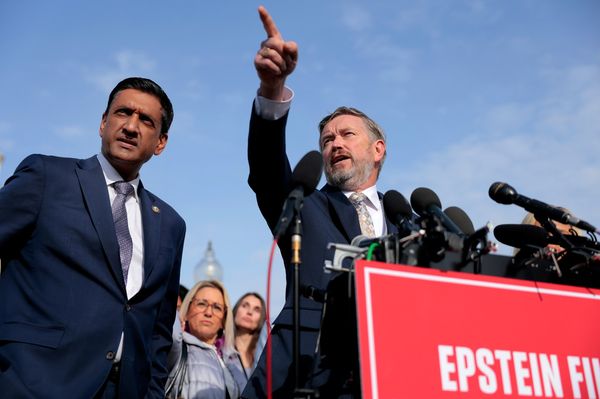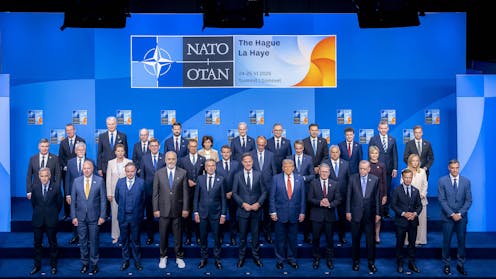
Many observers, including NATO’s official communications site, hailed June’s NATO summit as “historic”, primarily due to a landmark pledge by core member states to increase defence spending to 5% of GDP by 2035 – a significant shift from the current target of 2%.
President Trump played a key role in pushing for this increase and has framed the summit as a major foreign policy win. “It’s a great victory for everybody, I think, and we will be equalised,” Trump said of the new spending commitment.
However, just a few days earlier, Spain’s categorical refusal to meet the 5% target had threatened to derail the Summit. Although Spain did end up signing the final communiqué, it secured a special concession from NATO Secretary General Mark Rutte that enables the Spanish government to increase its military spending to just 2.1% of GDP for now.
Spain will have the flexibility to evaluate whether it can comply with the 5% target, and this will be reviewed in 2029 (once Trump is no longer in office). Spanish Prime Minister Pedro Sánchez stated that the agreement allows Spain to fulfil its obligations to NATO without the need to increase investments.
Sánchez’s defiance greatly irritated Trump, who did not hesitate to publicly berate Spain: “They want a little bit of a free ride … but I’m not going to let that happen.”
Spain’s refusal comes against a backdrop of growing EU-US tensions, with Trump wielding tariff threats to make NATO members fall in line. Following June’s NATO summit, he said “We’re negotiating with Spain on a trade deal. We’re going to make them pay twice as much”.
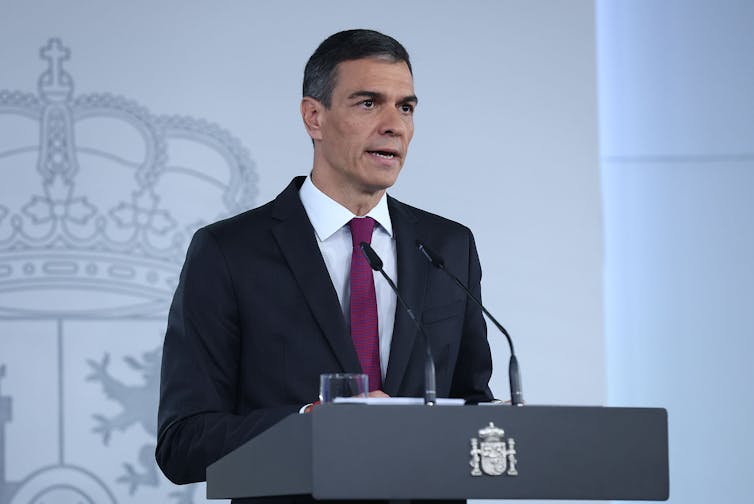
Resistance to the 5% target
For decades, NATO’s defence spending benchmark stood at 2% of GDP, a goal that many members struggled to meet. The new 5% target, introduced by the US Administration in a context of heightened geopolitical threats, was endorsed by core European states, who see it as necessary to counter Russian aggression and modernise allied forces.
But for Spain, which currently spends just under 1.3% of GDP on defence (the lowest in the NATO alliance), the leap to 5% is not only financially untenable, but also politically toxic. The main reason for Spain’s dissent is domestic. Sánchez’s centre-left coalition includes the left-wing Podemos party, as well as several regional pro-independence parties opposed to militarisation.
In addition, increasing defense spending is not popular among the general population. Spaniards would prefer the government to focus on security issues on the southern flank, with key priorities such as migration and instability in the Sahel. The 5% framework, as presented, reflects a Russia-focused threat perception that is not shared by most Spaniards. For them, the Ukraine war is too remote.
Spain maintains that the challenge isn’t about spending more, but about spending more wisely and innovatively. As InfoDefensa reported, Spanish officials used the NATO summit to stress that not all threats can be addressed with “frigates and armaments”. The irony is surely not lost on the Spanish government that the US demands 5% from NATO allies, but only spent 3.4% of its own GDP in 2024.
Leer más: How Nato summit shows Europe and US no longer have a common enemy
Spain is not the only sceptic among NATO’s ranks. Slovakia, while less vocal, has also expressed ambiguity towards the 5% threshold. President Peter Pellegrini formally backed the target in The Hague, though just days before the NATO summit, Prime Minister Robert Fico declared that “neutrality would suit Slovakia”.
Belgium has also voiced concerns about the feasibility of the 5% target. Prime Minister Bart de Wever stated that 3.5% within 10 years was a more realistic goal.
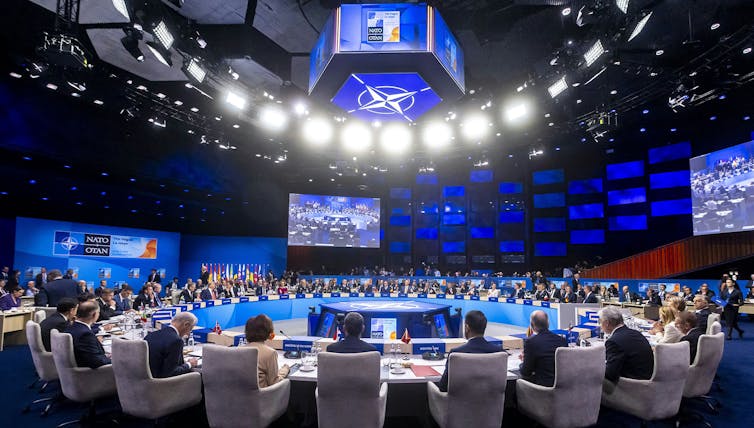
NATO’s internal divisions
These reservations reflect broader divisions among the NATO members that are both geographic and economic in scope.
Eastern NATO states like Poland and the Baltics, driven by acute threat perceptions from Russia, see higher military spending as existential. Southern and Western states, including Spain, Italy and Belgium, are more focused on strategic autonomy, hybrid threats, and the need for a multipolar defence posture. Slovakia, although Eastern and sharing a border with Ukraine, surprisingly seems closer in mindset to Spain than to Poland.
On the economic front, some EU economies have ballooning debts ranging from 105% GDP for Belgium, 113% for France to a whopping 135% for Italy. In this context, spending 5% of GDP on defence seems like a political non-starter as they would be forced to cut spending on social services like healthcare and education. Although they signed the 5% pledge, many NATO allies privately admit they will never meet it.
Leer más: Nato leaders pledge increased defence spending – is this really the price for peace and prosperity?
The Center for Strategic and International Studies described the commitment as “largely symbolic,” arguing it represents little more than “Europe bending the knee” to Washington, rather than a well-calibrated strategic adjustment.
NATO allies had to display a united front at the Summit, which meant members did not openly criticise Sánchez’s position. The only exception was Poland, whose Defence Minister, Wladyslaw Kosiniak-Kamysz, told the Financial Times that “making exceptions is detrimental to the unity of the Alliance.”
What comes next
Spain’s defiance may prove to be a bellwether. While no other country has gone as far as Madrid in publicly rejecting the 5% target, scepticism abounds behind closed doors. Italy and Belgium remain well below current NATO spending thresholds, and even Germany, despite recent increases, has voiced reservations about raising its defence budget indefinitely. Discrepancies in meeting the target will probably exacerbate tensions within the alliance and with the US.
If nothing else, Spain’s stance has forced the alliance to come to terms with a simple reality: unity, under pressure, is more complicated than ever.
Waya Quiviger no recibe salario, ni ejerce labores de consultoría, ni posee acciones, ni recibe financiación de ninguna compañía u organización que pueda obtener beneficio de este artículo, y ha declarado carecer de vínculos relevantes más allá del cargo académico citado.
This article was originally published on The Conversation. Read the original article.



